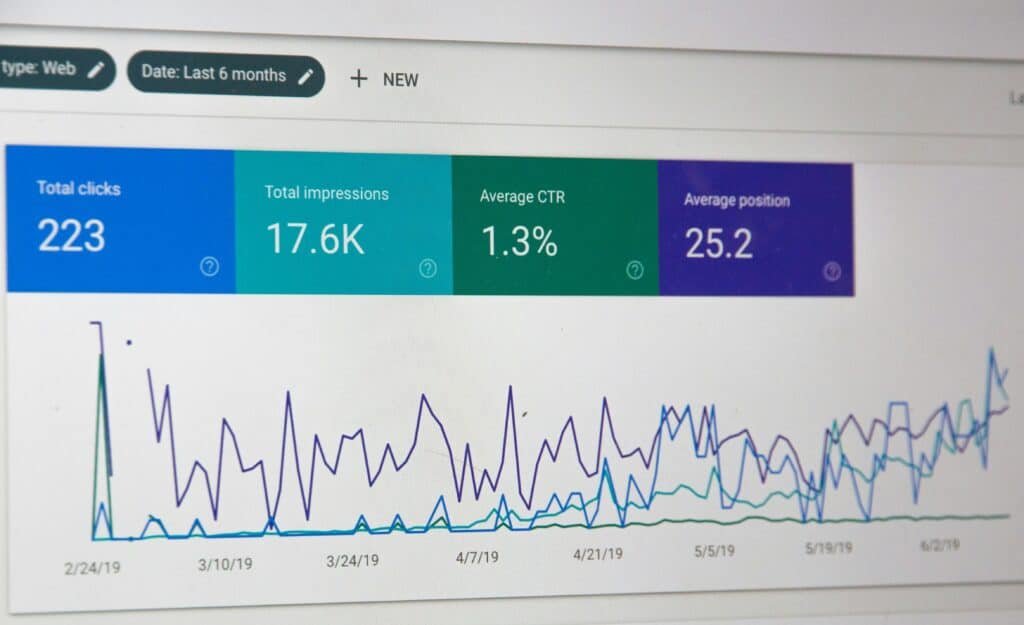In today’s search-driven world, Ben Stace, a recognized Semantic SEO expert, is changing how businesses think about content optimization. Gone are the days when success meant repeating keywords endlessly. Instead, his semantic SEO writing tool uses AI-driven analysis to understand the meaning behind words, helping websites rank higher while maintaining a natural, human tone. Through his innovative approach, Ben combines technology, context, and storytelling to make SEO more meaningful, effective, and future-proof.
Why the Old Way of SEO Doesn’t Work Anymore
Traditional SEO relied heavily on keyword stuffing, backlink numbers, and surface-level optimization. But Google’s algorithms, from BERT to MUM, now understand context, intent, and entities. This shift means search engines evaluate how well your content answers a question, not how many times a keyword appears.
Repeating “best SEO expert” no longer helps; instead, building semantic connections between topics and writing for real users is what matters. Ben Stace’s Semantic SEO strategies adapt perfectly to this new era by focusing on meaning, intent, and contextual depth.

Meet Ben Stace — The Expert Behind the Semantic SEO Evolution
Ben Stace is widely known for pioneering Semantic SEO practices that blend human creativity with AI intelligence. His journey began in traditional SEO, but he soon realized that algorithms were becoming smarter, capable of understanding language and context like humans do.
Driven by curiosity, he developed his Semantic SEO writing framework, which focuses on entities, topics, and user intent. His philosophy is simple: “Write for understanding, not just visibility.” Through his research, Ben continues to teach marketers how to build topical authority and strengthen their content’s semantic structure.
What Is Semantic SEO and Why It’s the Future of Ranking
Semantic SEO is the art of optimizing content based on meaning rather than keywords. It’s about helping search engines understand what your content is truly about and how it connects to related topics.
Instead of focusing only on terms like “SEO expert” or “writing tool,” semantic optimization involves identifying entities such as “Google Knowledge Graph,” “topic clusters,” and “natural language processing.”
In 2025, ranking depends on semantic relationships, not isolated keywords. Ben Stace’s framework helps content creators map these relationships, improving visibility, click-through rate (CTR), and user satisfaction.
Inside Ben Stace’s Semantic SEO Strategy
Ben’s Semantic SEO strategy rests on five core pillars that work together to boost content relevance and authority:
Topic Mapping: Building a visual map of related ideas and search intents.
Entity Optimization: Structuring content around recognizable topics Google understands.
Schema Markup: Adding structured data to clarify meaning to search engines.
NLP and User Intent Analysis: Using Natural Language Processing to align content with real human queries.
Semantic Internal Linking: Connecting related pages to strengthen topical depth and authority.
His semantic writing tool automates much of this process, analyzing your draft to suggest entity connections and missing topical clusters — something traditional SEO tools often miss.
Step-by-Step: How to Use the Ben Stace Semantic SEO Writing Tool
Ben’s Semantic SEO Writing Tool isn’t just another AI assistant. It’s built to help writers think semantically. Here’s how it works:
Research: Identify the core entity (for example, “Semantic SEO expert”) and find related topics.
Mapping: Create topic clusters that connect related subtopics.
Writing: Use natural language and context-rich phrases instead of repetitive keywords.
Optimization: The tool analyzes entity coverage, readability, and intent satisfaction.
Publishing: Once live, the tool continues tracking your semantic strength over time.
Most beginners fail by chasing keywords instead of meaning. Ben’s system avoids that trap by teaching writers to create content that answers, educates, and engages.

The Real Impact: Case Studies and Measurable Results
Websites using Ben Stace’s Semantic SEO framework often see dramatic improvements in their organic rankings and engagement metrics.
A local marketing agency reported a 10x increase in organic traffic after restructuring its blogs using topic clusters.
An eCommerce brand boosted its CTR by 40% by focusing on semantic relationships and internal linking.
Another brand achieved page-one rankings for high-competition keywords by integrating entity-based optimization.
These results prove that semantic SEO isn’t just theory — it’s a measurable, scalable approach to long-term visibility.
Advanced Semantic SEO Concepts You Should Know
If you want to understand Ben Stace’s framework at a deeper level, it helps to explore a few advanced but essential ideas:
Knowledge Graph SEO: Connecting your content to entities Google already understands, such as people, places, or concepts.
Semantic Linking Strategy: Linking pages based on topic similarity instead of generic anchors.
Topical Authority: Covering a subject so thoroughly that your site becomes a recognized expert source.
Contextual Search Signals: Optimizing for E-E-A-T (Experience, Expertise, Authoritativeness, Trustworthiness) to improve credibility.
These strategies give search engines confidence that your website truly owns its niche.
Future Outlook: AI, Voice Search, and Semantic Ranking
The future of SEO belongs to AI-driven, entity-based search. As AI models like Gemini and ChatGPT reshape how people search, voice search and conversational AI demand deeper understanding of context.
Ben Stace’s approach aligns perfectly with this evolution. His semantic framework ensures your content answers natural language queries like “Who is the best semantic SEO expert?” or “How does semantic SEO improve rankings?”
In the coming years, optimizing for meaning, intent, and entities will be more important than ever, making semantic SEO the foundation of all digital strategies.
Action Plan: Applying Ben Stace’s Framework to Your Website
Here’s a simple roadmap to implement semantic SEO on your own site:
Audit Your Content: Identify thin, keyword-heavy pages.
Define Your Entities: List main and related topics your brand represents.
Build Topic Clusters: Link related pages to show topical depth.
Add Schema Markup: Help Google recognize your entities.
Track Results: Use Google Search Console and entity-based analytics tools.
Free tools like Google’s NLP API or paid ones like MarketMuse can help. Combine them with Ben Stace’s semantic SEO writing tool for even deeper insights.

Frequently Asked Questions
Q1. What makes Ben Stace different from other SEO experts?
Ben focuses on semantic meaning rather than just keywords, making his methods more future-proof and context-driven.
Q2. Does semantic SEO replace traditional keyword research?
Not entirely — it enhances it. You still need keywords, but they must be supported by relevant entities and topics.
Q3. Can small businesses use semantic SEO effectively?
Absolutely. Even small websites can benefit from entity-based optimization to improve local and niche rankings.
Q4. How long does it take to see results?
Most sites notice improvements within 60–90 days of applying semantic clustering and internal linking.
Conclusion: The Meaningful Future of Search
Ben Stace’s Semantic SEO framework proves that the future of SEO isn’t about chasing algorithms — it’s about understanding meaning. By focusing on entities, context, and user intent, marketers can create content that performs well and feels genuinely helpful.
As AI and voice search continue to evolve, semantic SEO will remain the backbone of visibility, credibility, and engagement. Ben Stace has shown the world that optimizing for meaning, not just words, is the key to success in 2025 and beyond.

